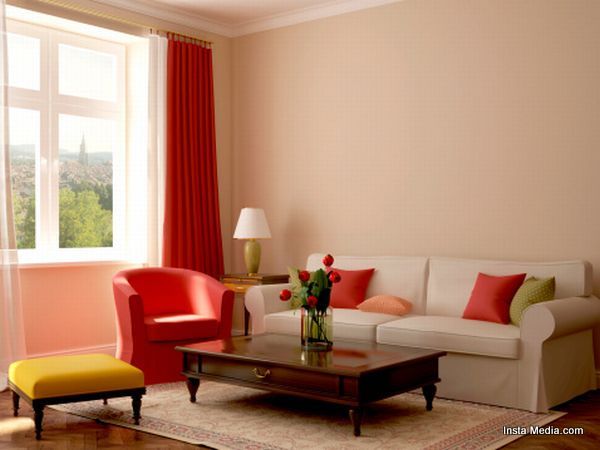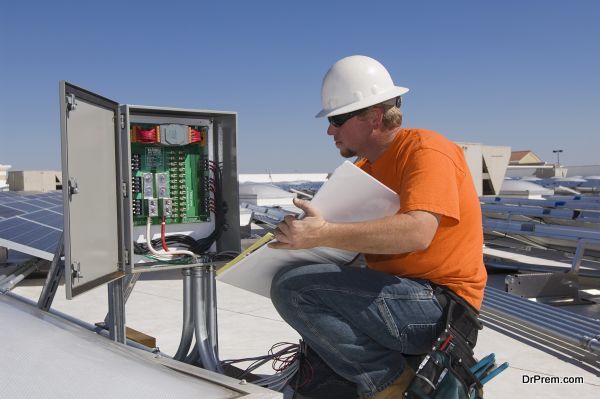In Kentucky, homeowners are increasingly recognizing the value of sustainable living. From the rolling hills of the Bluegrass region to the bustling streets of Lexington, there’s a growing trend to incorporate eco-friendly features into homes. This shift not only reflects a commitment to environmental stewardship but also significantly enhances property values. As more Kentuckians embrace sustainable upgrades, the broader impact on the real estate market is clear: homes with green improvements are in high demand. Enhancing your home’s value through sustainable interior upgrades is both a financially and environmentally sound decision. As environmental awareness increases, more homebuyers are looking for properties that offer energy efficiency and eco-friendly features.

1. Energy-Efficient Appliances
One of the most straightforward ways to start making your home more sustainable is by updating to energy-efficient appliances. Modern appliances such as refrigerators, washers, and dryers that have ENERGY STAR ratings use significantly less electricity and water than older models. This reduction in resource consumption can lead to substantial savings on utility bills, a key selling point for potential buyers. Moreover, these appliances often come with modern designs and features that enhance the aesthetic and functionality of your kitchen and laundry areas.
2. Sustainable Bathroom Upgrades
Updating your bathroom with sustainable fixtures is another effective way to increase your home’s value. Installing water-efficient fixtures like low-flow showerheads and dual-flush toilets can drastically reduce water usage. For residents considering new shower installations in Lexington, opting for models designed to conserve water can be particularly appealing. These installations not only save on water bills but also appeal to environmentally conscious buyers looking for modern and sustainable homes.
3. Eco-Friendly Flooring Options

Choosing the right flooring can significantly impact the sustainability of your home. Eco-friendly options like bamboo, cork, and reclaimed wood are not only sustainable but also add a unique aesthetic appeal. Bamboo and cork are rapidly renewable resources, making them an excellent choice for environmentally conscious homeowners. Reclaimed wood, on the other hand, brings a piece of history and distinct character to your home, all while reducing the demand for new timber resources. These flooring options are durable, attractive, and can greatly increase the overall value of your property.
4. LED Lighting Solutions
Switching to LED lighting is another effective upgrade for enhancing your home’s sustainability. LEDs are much more energy-efficient than traditional incandescent bulbs, using up to 75% less energy and lasting 25 times longer. This translates into lower electricity bills and less frequent replacements, which are attractive benefits for potential buyers. Incorporating LED lighting throughout your home not only brightens spaces effectively but also contributes to a modern, energy-efficient environment that appeals to today’s eco-aware market.
5. Low-VOC Paints
Using low-VOC (volatile organic compounds) or zero-VOC paints is essential for maintaining indoor air quality while renovating your home. These paints minimize the release of harmful chemicals into your living environment, ensuring a safer, healthier space for families. Additionally, the availability of a wide range of colors and finishes allows homeowners to achieve their desired aesthetic without compromising on health and safety standards. Opting for these healthier paint options can be a significant selling point, particularly for buyers with children or sensitivities to chemicals.
6. Smart Thermostats

Installing a smart thermostat is a practical upgrade that can significantly improve your home’s energy management. These devices allow for automatic temperature adjustments based on daily routines and weather conditions, optimizing energy usage without sacrificing comfort. Homeowners can control these thermostats remotely via smartphones, making it easy to manage heating and cooling even when away from home. This not only reduces energy bills but also appeals to buyers looking for modern, technologically equipped homes.
7. Solar Panels
Adding solar panels to your home can greatly increase its value and appeal. Solar energy not only reduces dependence on fossil fuels but also lowers electricity bills, offering long-term savings. Although the initial installation can be costly, the investment pays off by increasing your home’s marketability and potentially qualifying for tax incentives and rebates. Buyers are often attracted to homes with solar panels because of the promise of reduced utility costs and environmental impact.
8. Insulation Upgrades

Improving your home’s insulation is a key factor in enhancing its energy efficiency. Proper insulation helps maintain temperature, reducing the need for constant heating and cooling. This upgrade involves adding or replacing insulation in key areas like walls, attics, and basements. Sustainable materials such as sheep’s wool or recycled denim are not only effective but also environmentally friendly. Enhanced insulation contributes to lower energy bills and increased comfort, making your home more attractive to prospective buyers.
9. Water Conservation Systems

Integrating water conservation systems like rainwater harvesting or greywater recycling can significantly improve your home’s sustainability. These systems collect and reuse water for landscaping, flushing toilets, and other non-potable uses, reducing overall water consumption. Implementing these systems demonstrates a commitment to sustainable living and can be a major selling point, especially in regions prone to droughts or high water costs.
10. Green Roofing Options
Installing a green roof is an innovative way to improve your home’s insulation and reduce stormwater runoff. Green roofs are covered with vegetation, which helps regulate the temperature inside the home, reducing energy costs. They also add aesthetic value and create a unique, eco-friendly feature that can distinguish your property in the housing market.
In conclusion, sustainable interior upgrades are more than just home improvements; they are investments in your property’s future value and environmental impact. By adopting measures like energy-efficient appliances, smart technology, and green building materials, homeowners can create a space that is not only modern and appealing but also responsible and sustainable. These upgrades not only attract buyers looking for eco-friendly homes but also contribute to broader environmental conservation efforts, making them a wise choice for anyone looking to enhance their home’s value.
Article by Community Writer.




